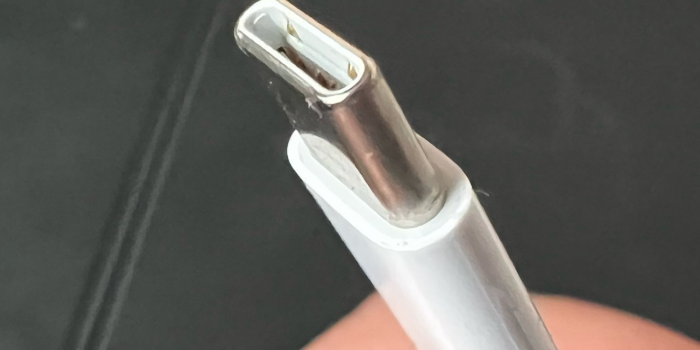Apple finds itself at a crossroads as it urges the Indian IT ministry to reconsider its stance on the universal charger rule. The tech giant is grappling with the repercussions of India’s decision to align with the European Union in enforcing a common charger directive, a move that poses challenges for Apple’s production targets and compliance with India’s manufacturing and export laws.
In a closed-door meeting with India’s IT ministry on November 28, Apple pressed for exemptions to the universal charger rules, specifically for some of its older iPhone models. This comes after the European Union’s directive that mandates the use of USB-C as a universal charger, applicable to newly designed products starting in 2024. While the EU’s rules have a forward-looking scope, India’s version applies to all electronic devices sold in the country, including those not initially designed with USB-C.

Apple, known for its resistance to conformity, expressed concerns about the implications of retrofitting older Lightning-equipped iPhone models with USB-C. The company underscored the potential impact on meeting India’s Production-Linked Incentive (PLI) targets, a crucial element of Prime Minister Narendra Modi’s initiative to incentivize manufacturers through financial benefits.
The meeting minutes reveal Apple’s plea to regulators, stating that implementing the proposed changes would jeopardize its ability to “meet the PLI targets.” The company proposed a compromise, suggesting it could align with the compliance timeline by June 2025 if existing models are exempted. However, Apple conveyed the need for an additional 18 months beyond the 2024 deadline without these exemptions.

The challenge for Apple lies in its predominant sales of older iPhone generations in India, where the iPhone 15, featuring USB-C, represents a smaller fraction of the market. Balancing regulatory compliance, production targets, and technological adaptation, Apple seeks a middle ground to navigate through the evolving landscape of global charging standards.


